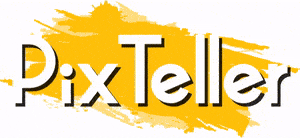Design Systems Don’t Stop at Icons — Ouch Proves It
What Ouch Is and Where It Fits
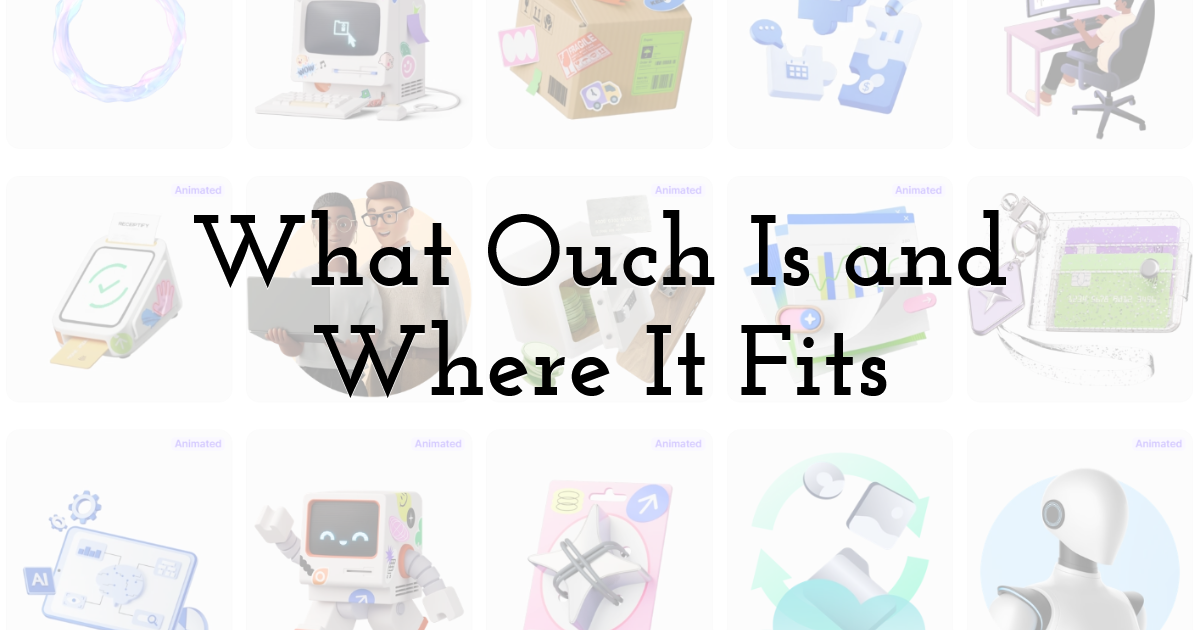
Ouch by Icons8 is a curated library of vector and raster illustrations made by in house and contracted artists under one clear license. It sits inside the Icons8 ecosystem with icons, Moose stock photos, the free Lunacy design app, the Icons8 Figma plugin, and assembly tools like Mega Creator. The pitch is straightforward: consistent, production ready art for interfaces, marketing, presentations, and learning materials without hiring illustrators for every task.
Ouch favors cohesive sets that carry the same characters and scenes across product and brand stories. You get multiple aesthetics from clean line work to 3D renders that you can mix across channels while keeping each campaign or UI flow visually consistent. File formats are tuned for design to dev handoff. SVG fits product, high resolution PNG covers social and decks, and some sets ship layered files for deeper edits. Curation keeps quality steady, which matters when you scale across screens, locales, and campaigns.
Library Depth and Style Quality

Breadth only helps if you can stay on model. Ouch organizes art into series so the same figure, pose logic, and palette appear in onboarding, empty states, help docs, and slides. Many sets include variants such as day or night, multiple skin tones, and diverse contexts that help with localization and accessibility.
Expect flat and semi flat vectors for UI and docs, isometric scenes for product and data storytelling, hand drawn and doodle motifs for education and explainers, and 3D renders for landing heroes where visual punch matters. The look leans toward modern product visuals with simple geometry, restrained palettes, and plenty of negative space, which pairs cleanly with system typefaces like Inter, Roboto, SF Pro, and Segoe UI and common design frameworks.
File Formats, Editing, and Tooling
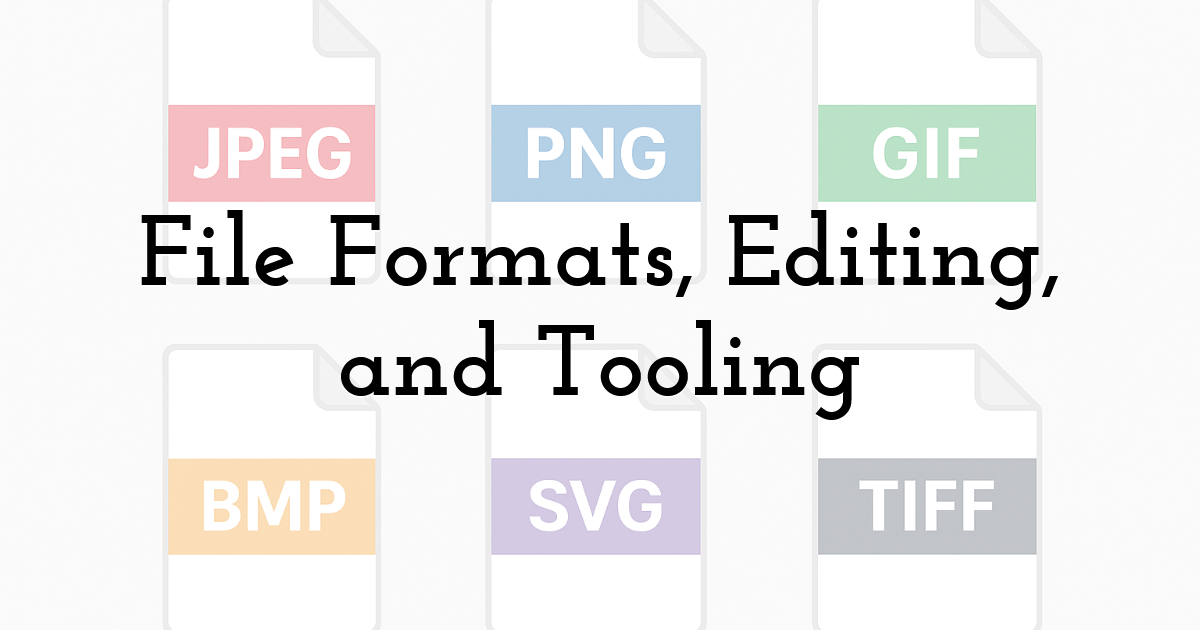
The assets move cleanly from exploration to production. Ouch supports standard formats and workflows across Figma, Sketch, and code.
- • SVG: Default for product. Paths are editable and easy to map to brand tokens. Inline SVG supports theming with CSS variables.
- • PNG: Good for social and slides or where vector is not supported. Most 3D ships as PNG with transparent backgrounds.
- • Figma: The Icons8 plugin lets you search and insert directly, then attach variants to components and tokens.
- • Lunacy: Free editor for Windows, macOS, and Linux that handles SVG, quick recolor, and exports without a paid tool.
- • Mega Creator: A scene builder that composes modular elements across Icons8 assets for fast campaign visuals.
A practical adaptation workflow:
- • Define brand color tokens and map them to the main fills and strokes.
- • Edit SVGs in Figma or Lunacy to align with tokens and save snippets as components.
- • Optimize exports with SVGO or Figma settings like Simplify and Remove hidden layers to trim payloads.
- • For 3D PNGs, export 1x 2x 3x and serve via responsive images to control bandwidth.
Licensing and Compliance for Teams
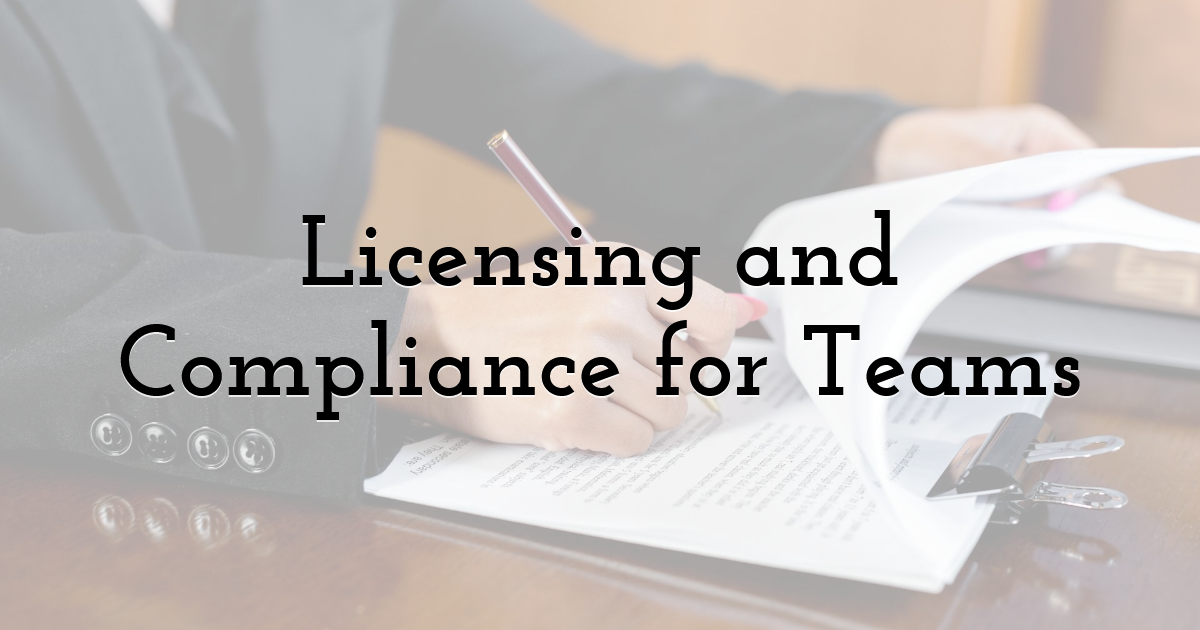
Icons8 uses its own license. Read the current Icons8 License page for final terms.
- • Free with attribution. Use at no cost by linking back as specified.
- • Paid plans remove attribution, unlock higher resolution where available, and broaden commercial rights.
- • Team plans cover multiple seats. Confirm seat counts and usage limits with procurement.
- • Restrictions match typical stock libraries. No reselling as is, no redistribution in competing libraries, no exclusive claims. Template resale or primary value uses need careful reading and likely higher tier permission.
For audits, Icons8 has operated for over a decade and provides account history and download logs. Keep a shared license file and a centralized folder of purchased assets for compliance.
Workflows by Role

Web Designers and UI/UX Specialists
Ouch works best as part of your design system. Pick one or two styles per brand and document where each applies. Build Figma components with the illustration as a nested instance so teammates can swap variants without breaking layouts. For empty states, define semantic color rules so visuals align with status chips and toasts. For dark mode, keep two colorways of each SVG and wire fills and strokes to tokens. Watch file sizes. Inline SVG larger than 40 to 60 KB can slow first contentful paint. Lazy load anything below the fold and only preload the hero when needed. Add alt text only when the illustration carries meaning not present in nearby copy. Otherwise mark it decorative with empty alt, following the W3C decision tree.
Marketers and SMM Managers
Campaigns move fast. Ouch covers storytelling across social, blog, and ads without custom shoots. Pair with Moose photos when you need mixed media. For recurring campaigns, lock one style and assign a color motif per message type so your audience learns the pattern.
Execution details:
- • Export for the platform first. Twitter or X and LinkedIn compress aggressively. Start with PNG at the platform’s recommended size and check legibility after upload.
- • Localize by swapping props with neutral variants from the same series to avoid culture specific cues.
- • For A or B tests, change only one variable such as accent color, pose, or background density so analytics stay clean.
Developers
Treat illustrations like code. Use inline SVG for UI art that must respond to theme tokens and scope fills and strokes to CSS custom properties. For hero images and one offs, prefer external SVG or optimized WebP or PNG behind img or picture with lazy loading to keep the JavaScript bundle lean. Run SVGO or svgomg to strip metadata and minify paths. In React, dynamic import large assets so they do not block initial render. Snapshot tests help catch accidental changes. Store SVGs in a versioned folder and add a precommit hook that runs SVGO.
If you depend on CI or CD, document who can update assets, how licensing is validated, and how to roll back.
Educational Institutions and Educators
Lectures, LMS modules, and open resources need visuals that survive bad projectors and small screens. Ouch flat and doodle styles read well at low contrast and small sizes. Centralize brand safe styles so every course does not invent its own look. Use a shared Figma library or LMS media bank. For open access courseware, place attribution where Icons8 requires it such as syllabus footer, slide credits, or the course site. Provide high contrast variants and prefer silhouettes with clear shapes over subtle gradients for low vision students.
Startups and Small Businesses
Speed beats novelty when you ship a site, deck, and onboarding emails in the same month.
- • Choose one series and apply it across web, deck, and social for a coherent identity before the brand book exists.
- • Build a tight set of 10 to 15 scenes for the funnel such as hero, features, pricing reassurance, support, and empty states.
- • Keep change control simple. Store master SVGs, document tokens, and note license details so an agency or new hire can ramp fast.
Strengths That Stand Out
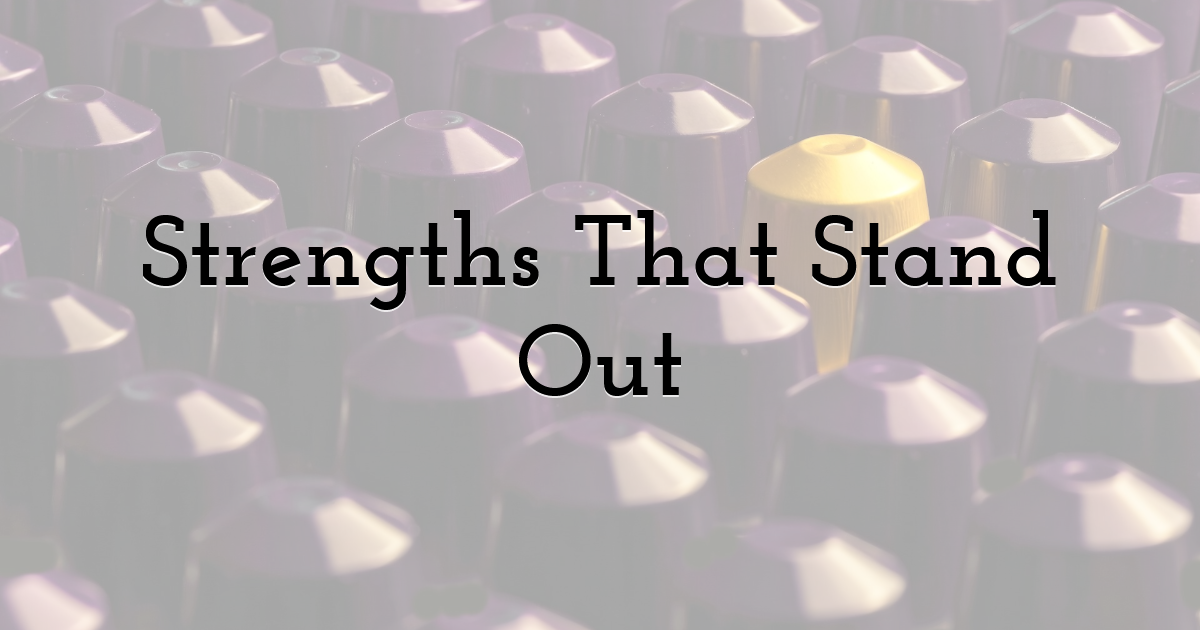
Curation trims the decision tree. Most sets feel ready to ship, not experimental. The ecosystem shortens the path from idea to asset with a Figma plugin, Lunacy, and Mega Creator. SVG quality is clean and easy to recolor, so product theming is painless. Marketing teams get 3D and scene based vectors with enough depth for landing pages without spinning up a full 3D pipeline. The single vendor setup lets you pair illustrations with Icons8 icons and Moose photos under compatible terms, which simplifies procurement and budgeting. You can browse, filter, and download any illustration you need without bouncing across marketplaces with clashing licenses.
Real Tradeoffs and Limitations
The free plan requires attribution, which is fine for personal and classroom use but most businesses will opt for a paid plan to remove it and simplify legal review. Style lock in is real. Mixing a one off style later can cheapen the brand, so choose a series with the category coverage you expect to need such as work, leisure, tech, or healthcare. Many 3D assets arrive as PNG, which looks great but limits theming and prevents changes to lighting or perspective. Keep 3D for static heroes and use vectors where theme flexibility matters. Motion is limited. If you rely on micro interactions or Lottie, you will need a motion pipeline or a different source for animated components. Redistribution in templates is restricted like most stock licenses. If you sell templates, get the terms in writing if the asset is a primary value driver.
Comparisons With Alternatives
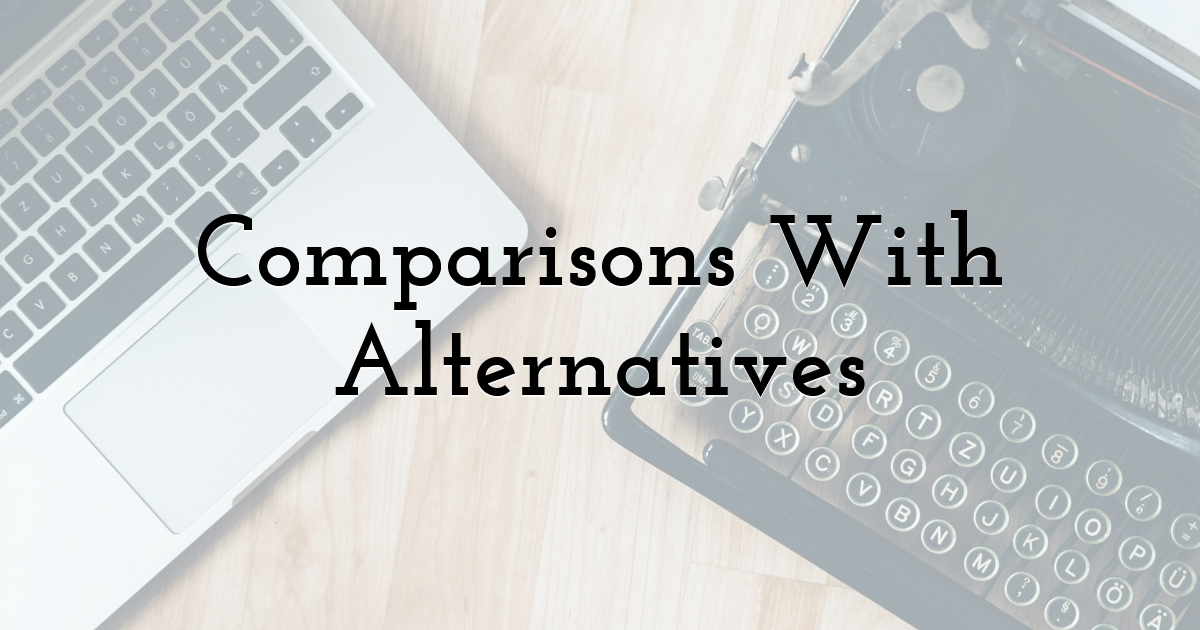
unDraw is an open source MIT vector set with a single monochrome plus accent style and instant color changes. It is a license win for startups that need maximum freedom and minimal legal friction. Ouch beats it on style variety and narrative depth. Blush by Pablo Stanley lets you customize illustration systems from indie artists with strong controls for components and palettes. It is great for a semi custom look without a commission. Ouch is simpler to run at scale when you want fixed, consistent sets. Storyset by Freepik offers volume, on site color editing, and animated options that shine for marketing and slides. Ouch is more cohesive in curation and integrates better if you already use Icons8 assets. Humaaans and DrawKit are designer friendly packs with modular people and scenes. They are excellent, but Ouch often wins on breadth and the convenience of one vendor license for larger orgs.
Practical Implementation Checklist
- • Pick two house styles, one for product UI and one for marketing, and document where each applies.
- • Build a Figma library with components wired to color tokens and light or dark variants plus usage notes.
- • Optimize assets with SVGO for SVG and responsive sizes for PNG, and lazy load anything noncritical.
- • Define alt text rules, test contrast, and include illustrations in visual regression tests.
- • Store your Icons8 license, invoices, and a readme with attribution rules or a note that your plan removes attribution.
Verdict for Procurement and Team Leads
Ouch is a low friction way to ship reliable, consistent artwork without building a custom illustration pipeline. Curation, ecosystem integration, and one vendor licensing make it easy to adopt. Product designers get clean SVGs that theme well. Marketers get campaign ready scenes without heavy editing. Developers keep performance under control. Educators get clear visuals that scale across print, projector, and mobile. The known limits are manageable with a simple style guide and asset policy. For most web, UI and UX, marketing, and education needs, Ouch hits a practical balance of quality, speed, and legal clarity.
Until next time, Be creative! - Pix'sTory
Recommended posts
-
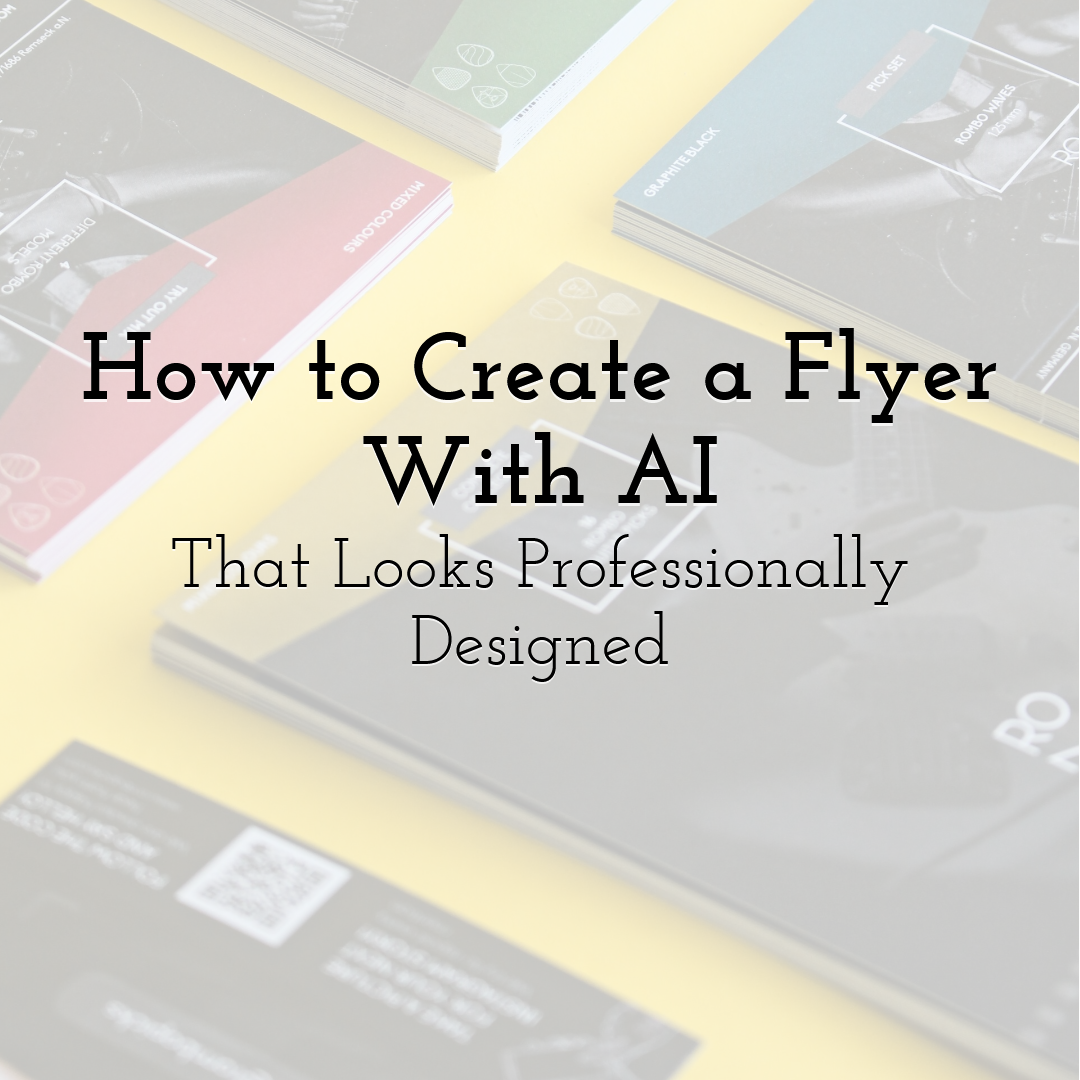
How to Create a Flyer With AI That Looks Professionally Designed
Read More › -

Top 10 Web Development Trends to Expect in 2021
Read More › -

How to Design a Stunning Website for Your Business?
Read More › -
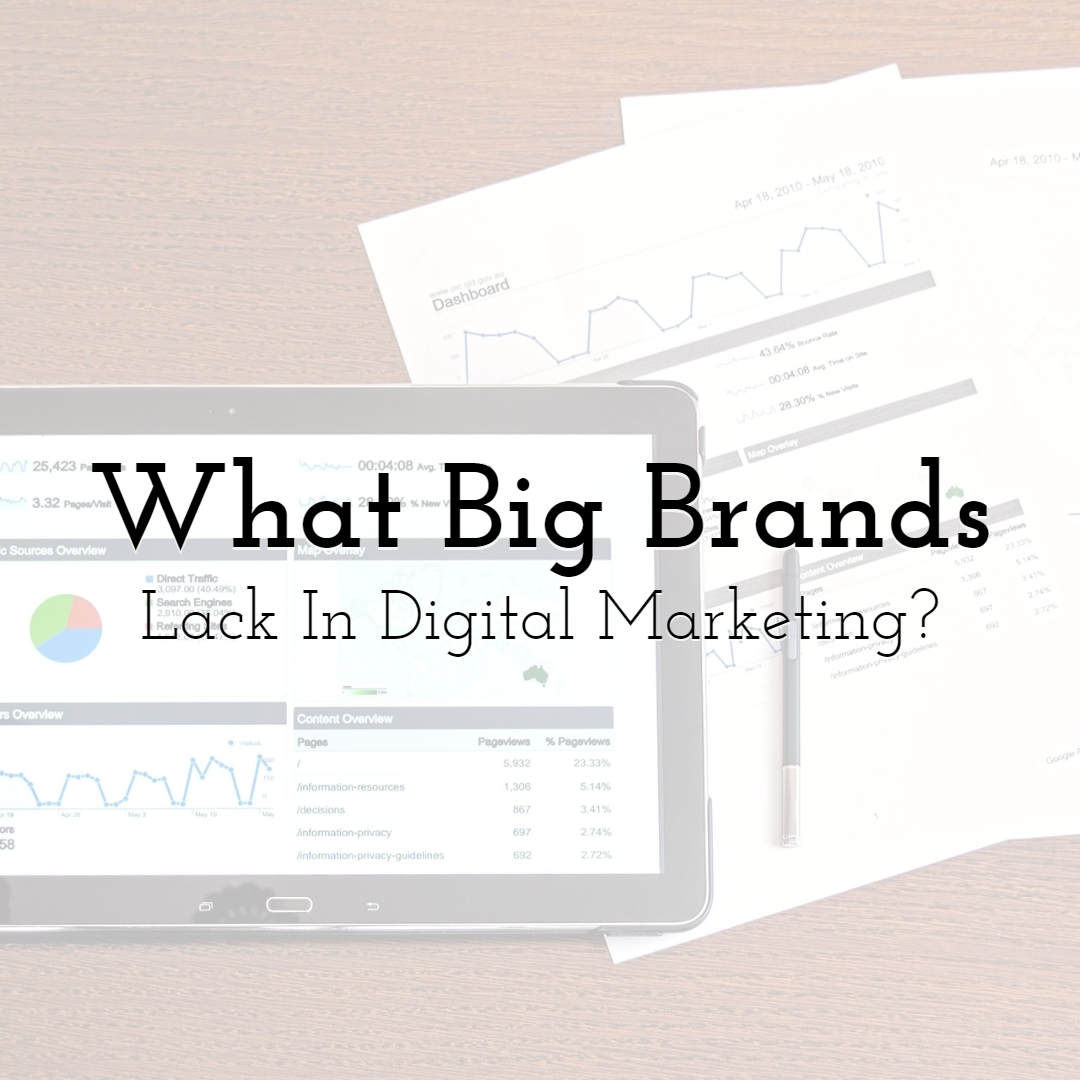
What Big Brands Lack in Digital Marketing?
Read More › -
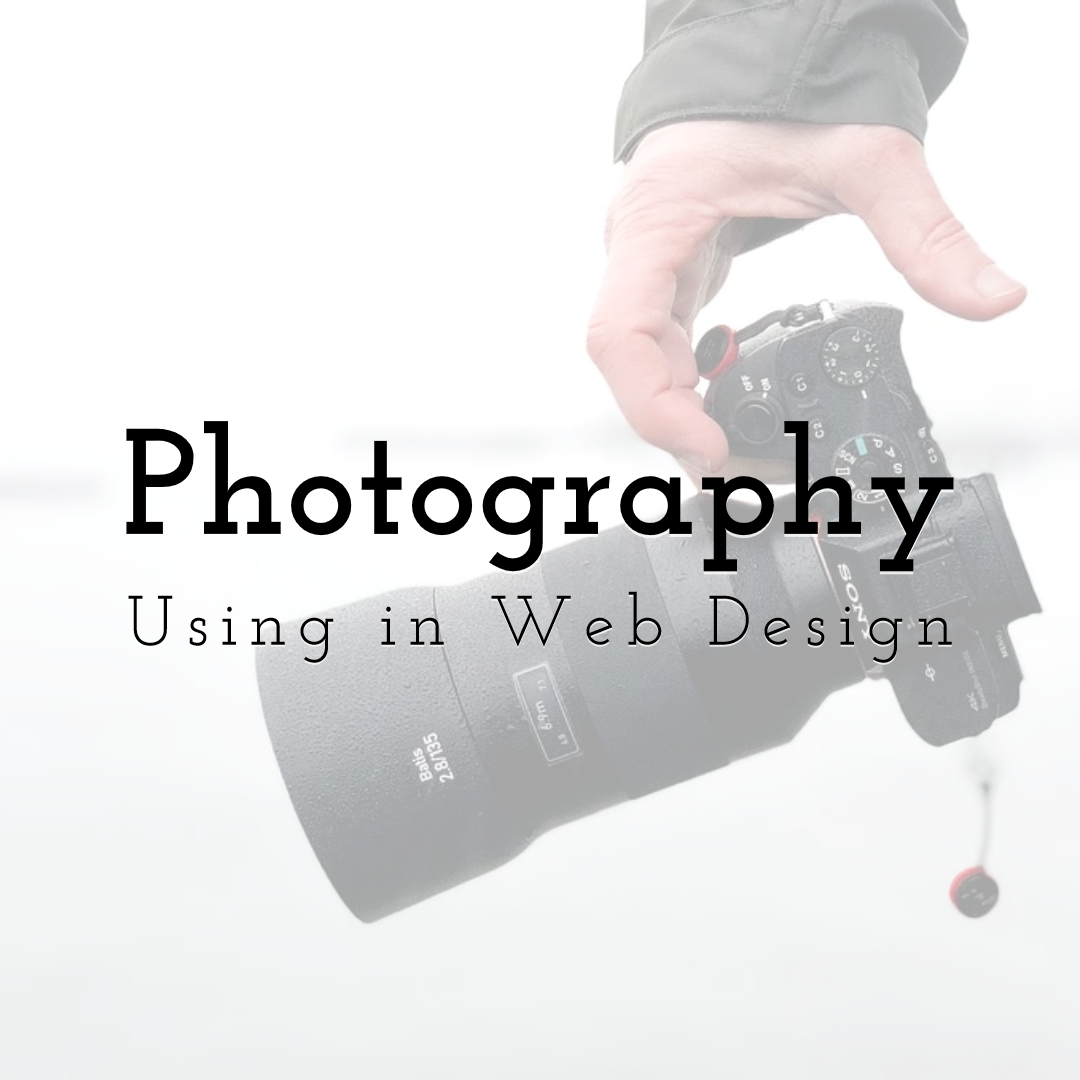
Using Photography in Web Design
Read More › -
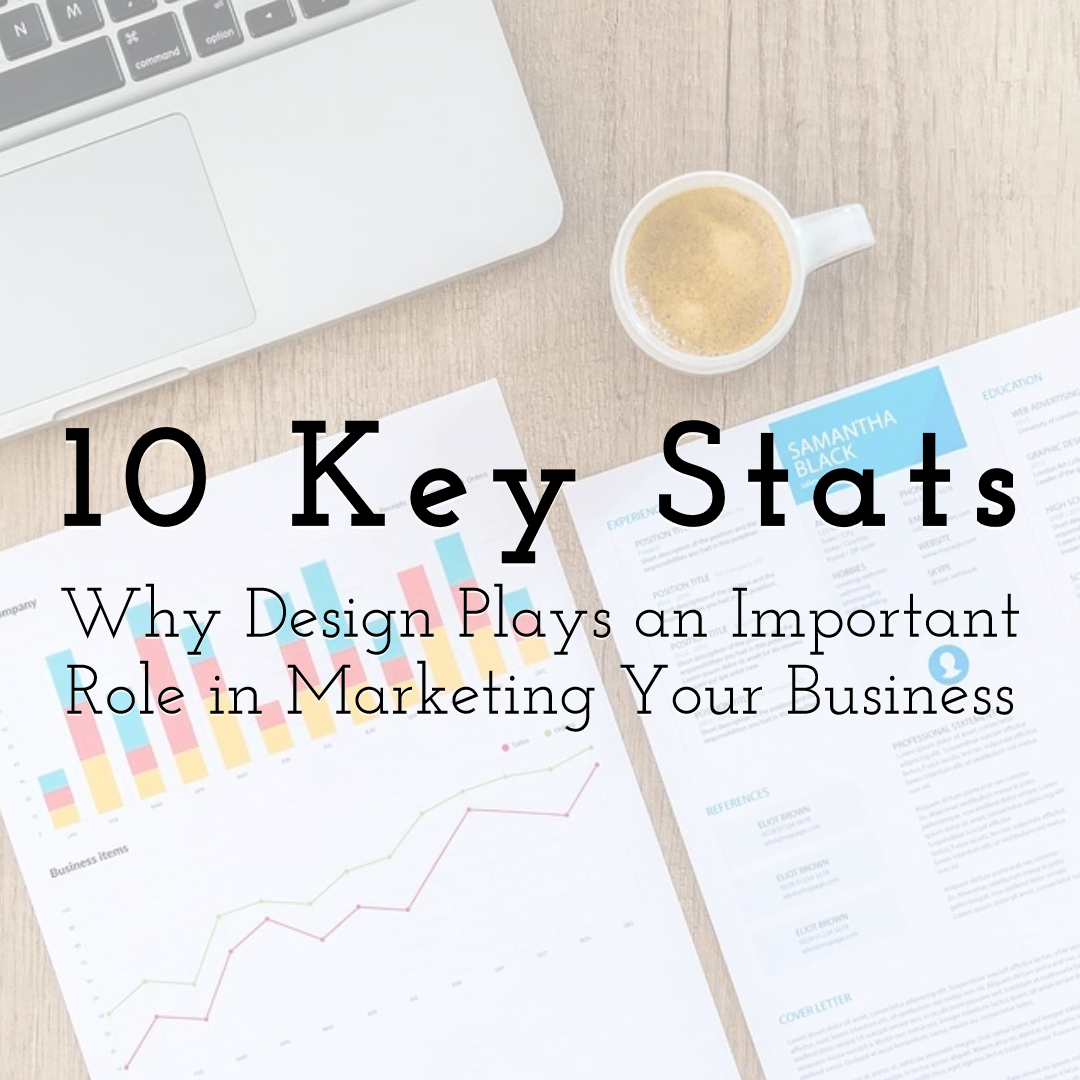
10 Key Stats Why Design Plays an Important Role in Marketing Your Busines...
Read More ›
